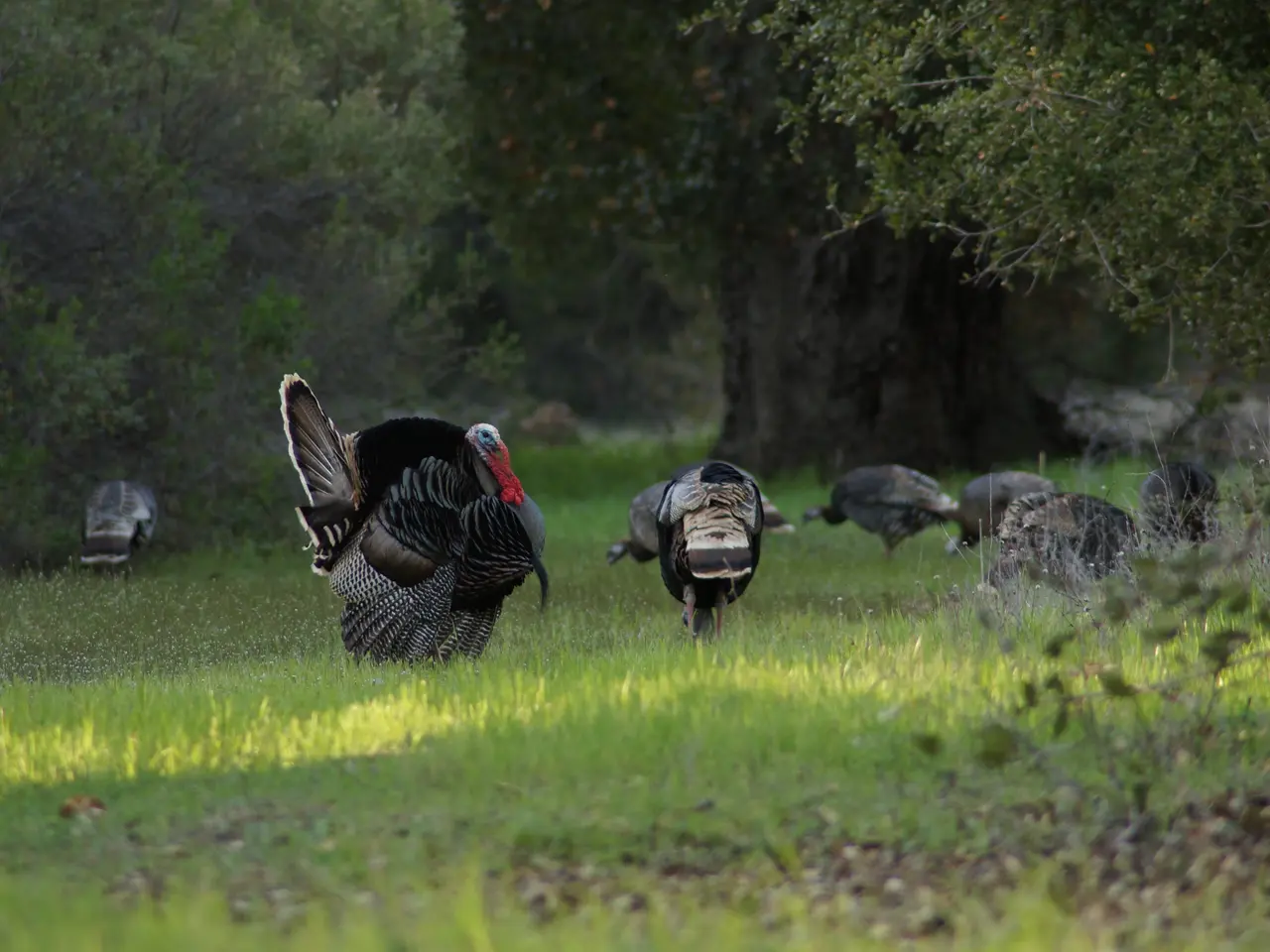Turkey implements fire-resistant vegetation in burned forests restoration project
In response to the increasing threat of wildfires and the prolonged drought affecting large portions of the country, the Turkish Ministry of Agriculture and Forestry has launched a series of reforestation initiatives. These efforts aim to protect strategic facilities and residential areas from the devastating effects of wildfires, as well as to ensure sustainable water supply in the 2023-2027 period through the Agricultural Drought Strategy and Action Plan.
Over the past few years, wildfires have wreaked havoc in several regions of Turkey, including Izmir, Antalya, Mugla, Bursa, Canakkale, and Balikesir. In Canakkale, homes and vehicles have been destroyed by these blazes, while evacuations and highway closures have been necessary in Bursa.
To combat this issue, the Turkish Ministry of Agriculture and Forestry is implementing the Project for the Rehabilitation of Burned Areas and the Establishment of Fire-Resistant Forests (YARDOP). This project focuses on planting fire-resistant species such as pine (Pinus spp.), oak (Quercus spp.), and various Mediterranean shrubs. These species, along with others like cypress, ash, carob, plane, sweetgum, oak, and stone pine, are being planted in five to ten rows to increase resistance against fires.
The reforestation efforts are carefully tailored to the soil structure, climate conditions, and ecosystem characteristics of each region. This approach ensures the successful growth and adaptation of the planted species, making them more effective in altering wildfire behavior, reducing intensity, and preventing the spread of fires.
In addition to addressing the immediate threat of wildfires, the YARDOP project also addresses the long-term issue of drought risks. Analysis of agricultural drought risks in Turkey's provinces is conducted at the district level, considering factors like temperature, precipitation, reservoir occupancy rates, and other variables.
The country has experienced its hottest July in 55 years in early August, with the highest-ever recorded temperature of 50.5 degrees Celsius (122.9 degrees Fahrenheit) registered in Silopi, in the southeast. These extreme temperatures, coupled with the prolonged drought since March, have affected over 60% of the soil in Turkey.
Stakeholders from various sectors are involved in the discussion of these factors in Turkey. These discussions aim to develop effective strategies for managing the impacts of climate change, ensuring the protection of both the environment and the people living in affected areas.
As these reforestation efforts continue, Turkey hopes to mitigate the risks of wildfires and drought, safeguarding its landscapes and communities for generations to come.
Read also:
- Nightly sweat episodes linked to GERD: Crucial insights explained
- Antitussives: List of Examples, Functions, Adverse Reactions, and Additional Details
- Asthma Diagnosis: Exploring FeNO Tests and Related Treatments
- Unfortunate Financial Disarray for a Family from California After an Expensive Emergency Room Visit with Their Burned Infant








